Amazon offers 70-30 revenue share to magazine and newspaper publishers
The new 70-30 split, a model popularized by Apple's App Store, will go into effect on Dec. 1 for publishers who meet certain requirements, such as making titles available on all Kindle devices and applications and offering titles in all geographies for which the publisher has rights.
"Building on the recent introduction of Wi-Fi-enabled Kindles and the upcoming availability of newspapers and magazines on Kindle Apps, we're pleased to add an increased revenue share and a great new tool for making Kindle better and easier than ever for publishers," said Amazon Director of Kindle Periodicals Peter Larsen.
After Monday's announcement, pundits speculated that the changes could reflect new contracts between Amazon and the publishers, which could bode well for Apple and its iPad. In May, Gawker Media's Valleywag blog reported that newspaper and book publishers were "grappling" with Kindle licensing issues that prevented them from selling "a cheaper, comparable e-edition on a competing tablet."
A Silicon Alley Insider report suggested that Amazon's move to the same revenue sharing model as Apple could allow publishers to offer their content on both an Amazon and an Apple digital store at the same price, thereby avoiding the licensing issues that have reportedly blocked publishers. The report goes on to speculate that an iTunes newspaper store could come as soon as early next year, "whenever [Apple] announces a new iPad and/or iOS 5."
Pre-existing Amazon contracts haven't been the only obstacles for publishers trying to bring their periodicals to the iPad. In the past, Apple and the publishers have disagreed over subscription plans for the iPad, with publishers initially lacking a way to offer the iPad version of their magazines free to subscribers. Time Inc. finally broke the impasse in August, offering subscribers free access to the People iPad app.
Earlier this year, Amazon adopted a 70-30 revenue split for some of the books sold through its Kindle Store, although the requirements for qualifying books were more strenuous than Monday's requirements for qualifying newspapers and periodicals.
 Josh Ong
Josh Ong
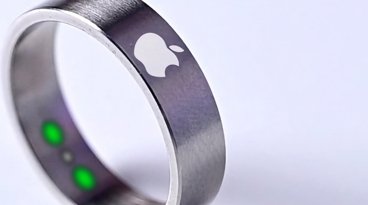


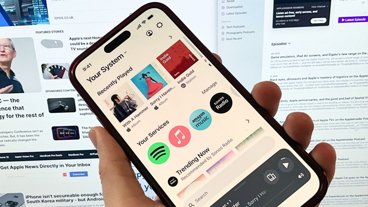

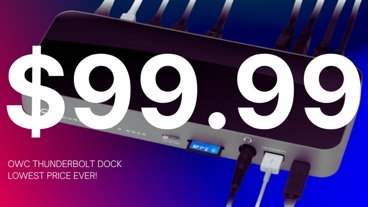

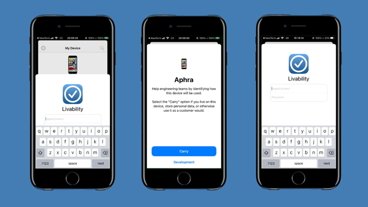

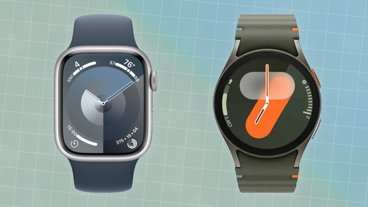

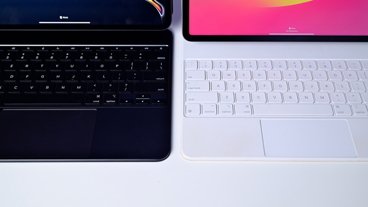
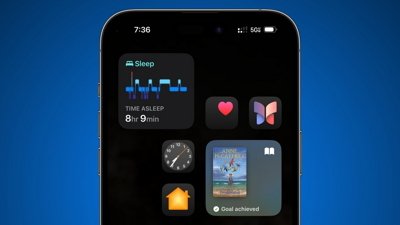
 Amber Neely
Amber Neely
 Thomas Sibilly
Thomas Sibilly
 AppleInsider Staff
AppleInsider Staff
 William Gallagher
William Gallagher
 Malcolm Owen
Malcolm Owen
 Christine McKee
Christine McKee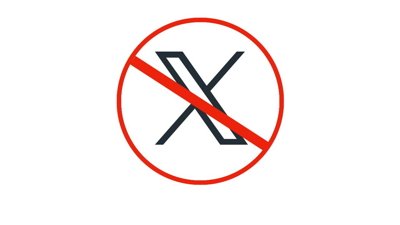
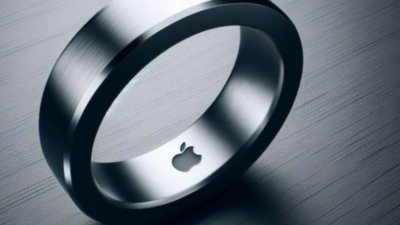




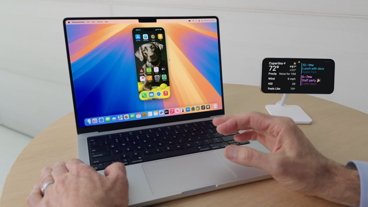




13 Comments
I wonder where they got that idea from?
Can you imagine Apple selling its, say, iPhones with this revenue model? No.
Given that this is Amazon's core business, a move like this would have to hurt their margins, I would imagine.
I was looking at some of the prices posted by some mass media publishers, and they are just "too high", especially for products that become obsolete in a matter of days, weeks or a month. They have to be discarded to devote the disk storage space for more recent materials.
Unless publishers remove their free online (browser-based) newspapers and magazines. I doubt majority of the mobile users would pay massmedia apps at the prices the publishers wanted.
There is another bigger threat to the strategy: a great number of online readers of mass media are more "skimmers or browsers" so that many would consider consolidator sites, like those of Yahoo, Google, Huffington, etc. -- as news-magazine substitutes.
Then, there are also consolidator Apps, already available that may even be customized by the user to cherry-pick the type of online "news-info" to download.
Both forms of "consolidators" have no regard for copyright restrictions; all profits go to the consolidators, not to the source media.
I wonder where they got that idea from?
Couldn't agree more.
When anyone copies what Apple does, it's STEALING..
When Apple copies ideas or functionality it's "Standing on their shoulders"...
RDF
There is a point at which anything can find a buyer. Sometimes the price is 'free' and there's no changing that, but the newspapers, magazines and periodicals WILL eventually find the sweet spot where buyers find their offerings irresistable and they can still make a healthy profit.